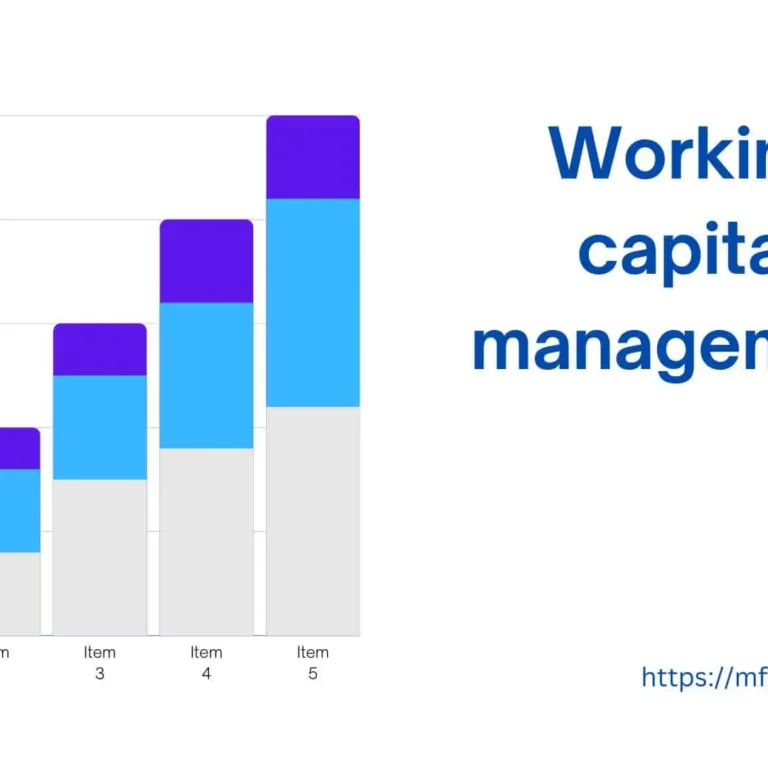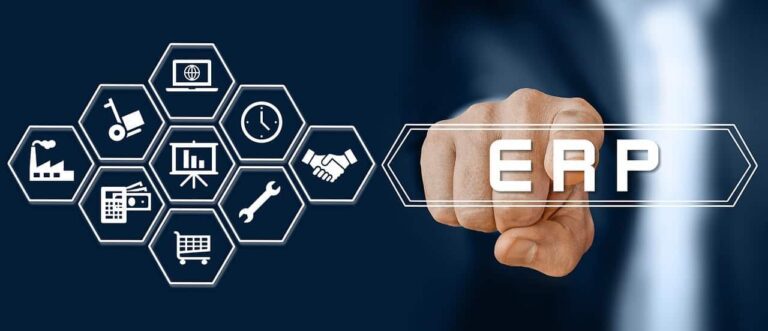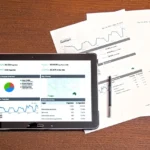Standard costing system
Standard costing system is a fundamental technique in cost accounting that plays a crucial role in helping businesses manage their finances effectively. It provides a predetermined benchmark for measuring actual costs, enabling organizations to evaluate performance, identify variances, and make informed decisions.

Companies can create accurate budgets and exercise better cost control by setting standard costs for materials, labor, and overheads. This powerful method is widely used in manufacturing, retail, and service industries, allowing managers to gain valuable insights into their operations’ efficiency and profitability.
What is Standard costing system
Standard costing is a cost accounting technique used by businesses to establish predetermined cost levels for materials, labor, and overhead. It serves as a benchmark against which actual costs are measured, enabling companies to identify variations and inefficiencies in their production processes.
By setting standard costs, businesses can better plan and budget for expenses, leading to improved cost control and decision-making. Standard costing plays a vital role in performance evaluation and aids in driving continuous improvement. It is a valuable tool for businesses seeking to optimize their financial management and stay competitive in their industries.
Standard cost inventory
It is an accounting approach where businesses value their inventory using predetermined cost levels for materials, labor, and overhead. These predetermined costs are based on historical data and industry standards. Standard cost inventory enables organizations to calculate the cost of goods sold and the value of ending inventory consistently.
By comparing actual inventory costs to standard costs, businesses can identify variances and assess the efficiency of their inventory management processes. This approach helps in financial planning, decision-making, and maintaining accurate financial records, contributing to better cost control and overall operational efficiency.
Standard costing and variance analysis
Standard costing and variance analysis are interrelated techniques used in cost accounting to assess and manage a company’s performance. Standard costing involves setting predetermined cost levels for materials, labor, and overhead. Variance analysis, on the other hand, compares these standard costs to the actual costs incurred during production.
The differences between standard and actual costs are analyzed as variances, which can be favorable or unfavorable. Variance analysis helps identify areas of inefficiency, control costs, and make informed decisions for process improvement. By leveraging these tools, businesses can optimize their cost management strategies and achieve greater financial control and profitability.
Average costing vs standard costing
Average costing calculates the average cost of inventory items, while standard costing uses predetermined costs for materials, labor, and overhead.
| Aspect | Average Costing | Standard Costing |
|---|---|---|
| Cost Calculation | Calculates average cost for all items | Predetermines standard costs for items |
| Cost Fluctuations | Smooths out cost fluctuations | Does not account for cost fluctuations |
| Application | Suitable for fluctuating costs | Ideal for stable and predictable costs |
| Cost Precision | Less precise in cost allocation | More precise in cost allocation |
| Variance Analysis | Not applicable for variance analysis | Utilizes variance analysis for insights |
| Decision-making | Provides a simplified cost allocation | Enables better decision-making through variances |
| Complexity | Less complex and easier to implement | More complex, requires detailed planning |
| Time Dependency | Time-weighted for all items | Standard costs remain unchanged over time |
| Real-world Applicability | Retail, where prices change frequently | Manufacturing, stable production processes |
| Examples | Retail stores, online marketplaces | Manufacturing companies, production units |
A practical example of Standard costing system
Let’s consider a practical example of standard costing in a manufacturing company that produces widgets. The management sets standard costs based on historical data and industry benchmarks:
- Direct Materials: The standard cost for materials is $5 per unit.
- Direct Labor: The standard labor cost is $10 per unit, requiring two hours of work at $5 per hour.
- Manufacturing Overhead: The standard overhead cost is $4 per unit.
In a particular production run of 1,000 widgets, the actual costs were as follows:
- Direct Materials: $5,500
- Direct Labor: $11,200
- Manufacturing Overhead: $4,000
To assess performance, the company conducts a variance analysis. They find the following variances:
- Unfavorable Materials Variance: $500
- Unfavorable Labor Variance: $1,200
- No variance in Manufacturing Overhead.
Advantages of Standard costing system
Cost Control:
By setting predetermined cost standards, businesses can control costs effectively, ensuring expenditures stay within budgetary limits.
Decision-Making:
Standard costing provides management with accurate and timely data, enabling informed decision-making based on real-time cost information.
Performance Evaluation:
Through variance analysis, businesses can assess individual and departmental performance, promoting accountability and productivity.
Budgeting and Planning:
Standard costing aids in creating realistic budgets and effective resource allocation, helping businesses plan for the future with greater confidence.
Identifying Inefficiencies:
Variance analysis highlights inefficiencies in the production process, enabling businesses to identify and address areas for improvement.
Continuous Improvement:
By analyzing variances and implementing corrective actions, standard costing fosters a culture of continuous improvement and cost optimization.
Pricing Strategy:
Standard costing provides insights into production costs, aiding businesses in setting competitive prices for their products or services.
Limitations of Standard costing system
Rigidity:
Standard costing assumes fixed costs, making it less adaptable to sudden changes in market conditions or production processes.
Time and Resources:
Setting and maintaining standard costs require time and resources, and constant updates are necessary to ensure accuracy.
Human Factors:
Variance analysis may be influenced by factors like labor skills, machine breakdowns, and personnel changes, making it challenging to pinpoint the exact cause of variances.
Non-Standardized Products:
For industries producing customized or non-standardized products, standard costing may not be as applicable, as it relies on uniform production processes.
Overemphasis on Cost:
Standard costing might lead to a focus on cost reduction at the expense of other vital aspects like quality and innovation.









